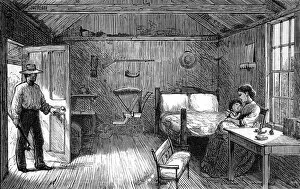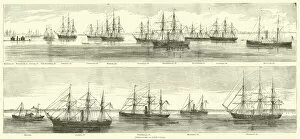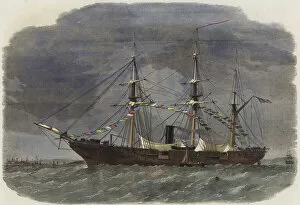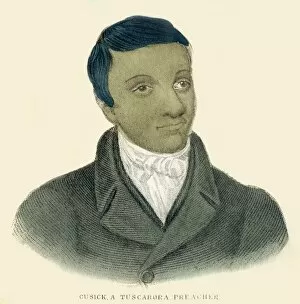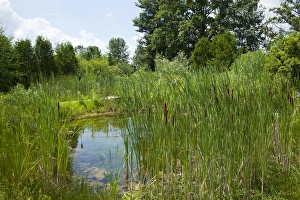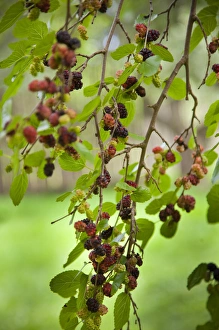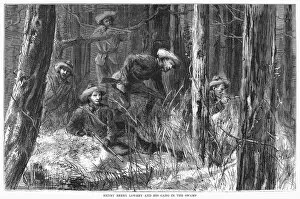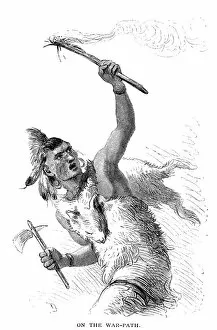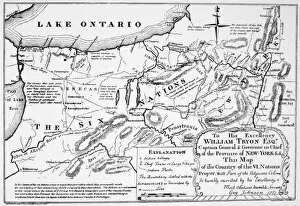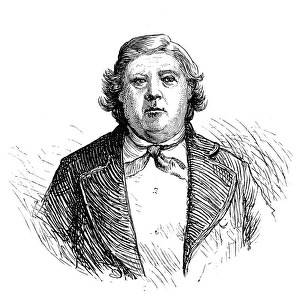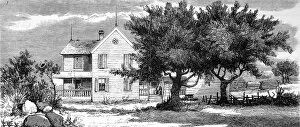Tuscarora Collection
The Tuscarora, a Native American tribe, have left their mark throughout history
All Professionally Made to Order for Quick Shipping
The Tuscarora, a Native American tribe, have left their mark throughout history. From their ancient village huts to encounters with Aztec royalty, the Tuscarora's story is one of resilience and strength. In the late 17th-early 18th century, they were known for their expertise in tracking fugitives, showcasing their exceptional skills. Even during the Civil War era, the Federal fleet at Hampton Roads featured engravings depicting the mighty Tuscarora sloop-of-war. Southampton Water also witnessed its presence as a colored engraving showcased its grandeur. Not only warriors but also protectors of their land, the Tuscaroras captured colonial surveyors in Carolina who encroached upon their territory. Their determination to preserve their heritage can be seen through artifacts like masks shaped like pigs or bears - an intriguing blend of tradition and symbolism. Nature played an essential role in Tuscaroran life too; Beacon on Tuscarora Mountain stood tall as a testament to this connection with Pennsylvania's landscape. The Iroquois Indians' gathering of traditional foods such as berries further emphasized this harmonious relationship between people and nature. In modern times, Sweet Grass Gardens Nursery has become a haven for rare species cherished by plant enthusiasts worldwide – including some hard-to-find varieties associated with the Tuscarora culture. Through illustrations and depictions dating back to 1859, we catch glimpses into the rich cultural heritage that defines these remarkable people. The legacy of the Tuscarora lives on today through various aspects: from historical landmarks to artistic representations and even within our own appreciation for nature's wonders.

